Fab 40: Ricardo Bofill, Architect
On approach to Barcelona via the A-2, the main highway that connects the city to Madrid, a mammoth, multi-cubed terracotta-coloured structure rises up over the freeway, towering above the middling residential blocks that proliferate Barcelona’s outskirts. The building is named Walden 7 and it was built in 1975; the year of Franco’s death. Since then, it has come to represent the birth of New Spanish Architecture. Its creator is the Catalan architect Ricardo Bofill. His studio—or Taller de Arquitectura —is located next door; an extraordinary conversion of a disused cement factory in the midst of a lush garden of bamboo, eucalyptus and cypress trees.
Bofill was born to a prominent bourgeois Catalan family. His father worked in construction and he admits that these circumstances afforded him opportunities very early on. He formed the Taller de Arquitectura in 1963, a multi-disciplined group that became a leading catalyst of the gauche divine (or ‘divine left), a movement of artists and intellectuals that, during Spain’s transition from dictatorship to democracy, waged to yank the country into the 20th century. ‘When I was growing up Spain was a ‘grey’ country, everything was shadowy, dirty, dull,’ says Bofill from his capacious office located in one of the factory’s former silos. ‘Spanish fascism was brutal.’
By any standards, his oeuvre has been prolific. The Taller, which now employs 70 people has carried out over 1000 projects in over 50 countries. Bofill’s architectural language switched in the nineteen-eighties from the early neo-realist, utopian experiments to one using historical references, mostly renaissance and baroque, to create grand urban spaces, particularly in the villes nouvelles that mushroomed around Paris during the decade.
This integration of the old and new has not always sat well with critics (Robert Hughes, in his seminal book Barcelona, said that Bofill’s French cities were ‘carried out in a coarsely scenographic style, a parody of neo-classicism’) but he has remained true to his postmodernist creed and disapproving of the current architectural star system. ‘In architecture, as in all the arts, there is a history and one has to know it. From this history and by using new technologies, we can go forward. If you don’t (know history), then you are creating architecture that is very personal. That may make sense on an experimental level, but its not one that adapts to the needs of the people.’
Paradoxically, two of his projects have just been completed in Barcelona that bare no signs of his trademark inverted classicism. The first is the city’s new airport terminal (called T1) an elegant, ethereal, spear-shaped structure compactly organised and easy to navigate. ‘When people walk through it’s like a small city,’ he says when asked to describe the building. ‘It’s all perfectly integrated. It’s simple, austere with a quality of function and good light. (Bofill has never been known for his modesty but in this case he is perfectly correct). The second, and certainly more iconic is the new W hotel, a 109-metre high, glass-clad, sail shaped beacon at the entrance to the city’s port.
At 70 years old, it seems that Bofill may still have a few critic-confounding cards to play. ‘My work (in various locations in the world) has given me a very kaleidoscopic vision, which obliges to you to create distinct projects in distinct places. But I want to adapt and change, because for me repetition is boring, I would hate to repeat what I have already done.’
Receive our daily digest of inspiration, escapism and design stories from around the world direct to your inbox.
Established by Ignacio Fernandez Rodgriquez in 2003, Aspid Cars has brought the Supercar to Spain
Read the Article: Aspid Supercar




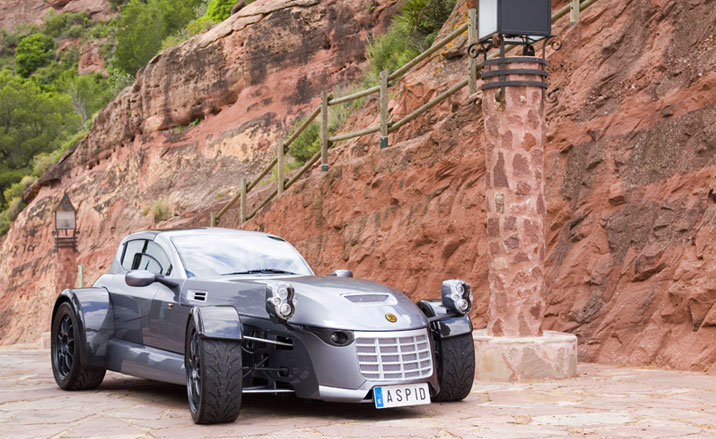
The Cubic rooms of Aragon’s Hotel Consolacion perch high above Aragon
Read the Article: Hotel Consolacion, Aragon
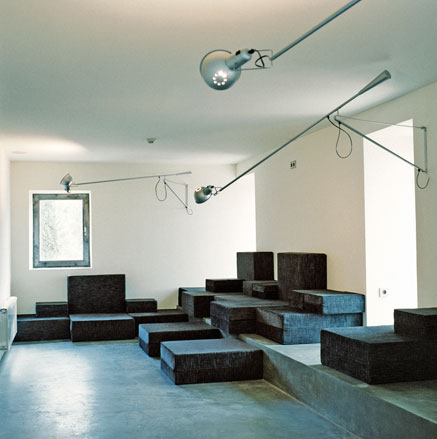
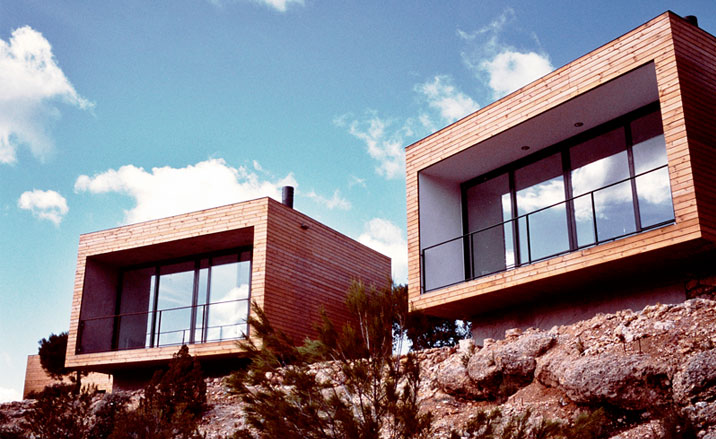
A high-design boutique hotel, Consolacion sits atop a rocky ravine in North East Spain
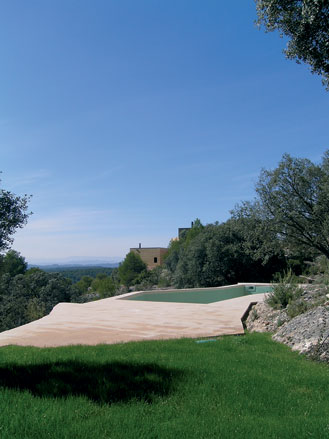
Espadrilles, the stylish Spanish footwear of choice
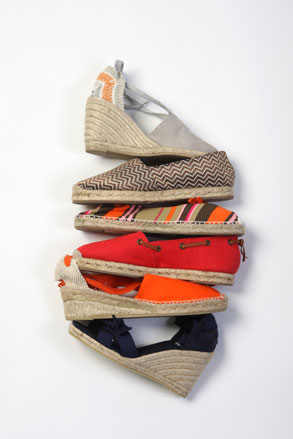
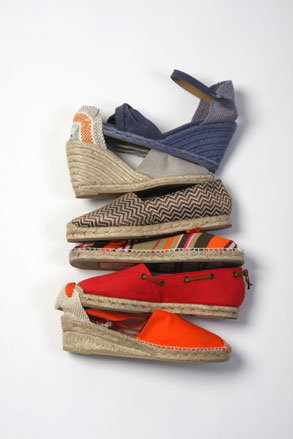

Studio House Acoran II, by Gyp Arquitectos
Read the Article: Studio House Acoran II, by Gyp Arquitectos
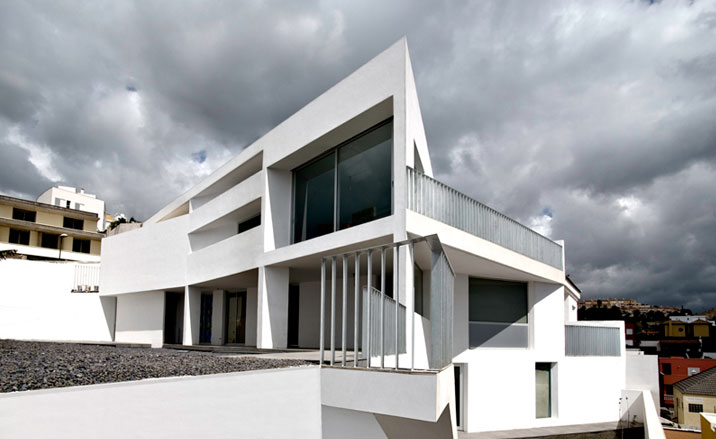

Recycling centre by Hidalgo Hartmann architects
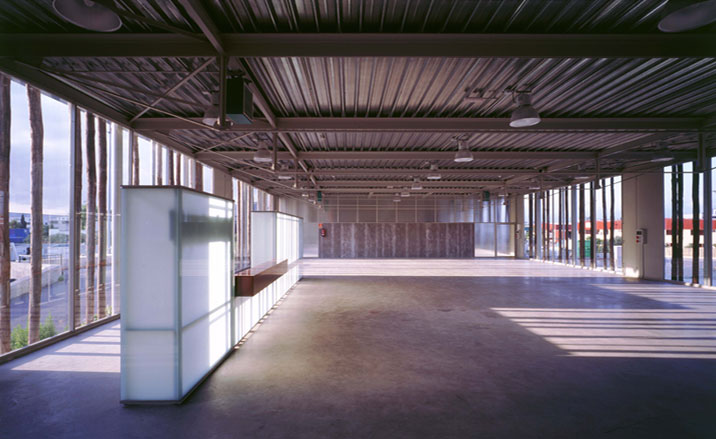
Recycling Centre, Barcelona by Hidalgo Hartmann
Read the Article: Hidalgo Hartmann
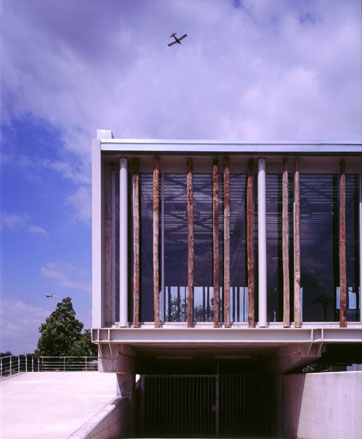

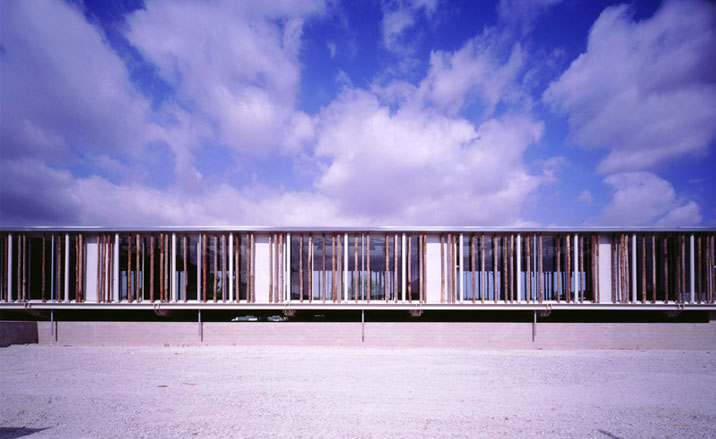
Hotel Ferrero, Valencia
Read the Article: Hotel Ferrero, Valencia
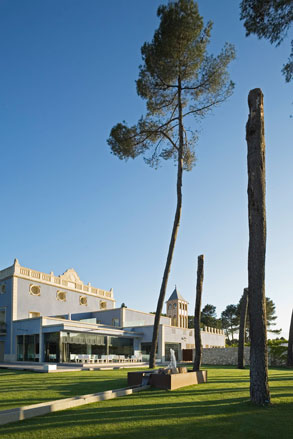
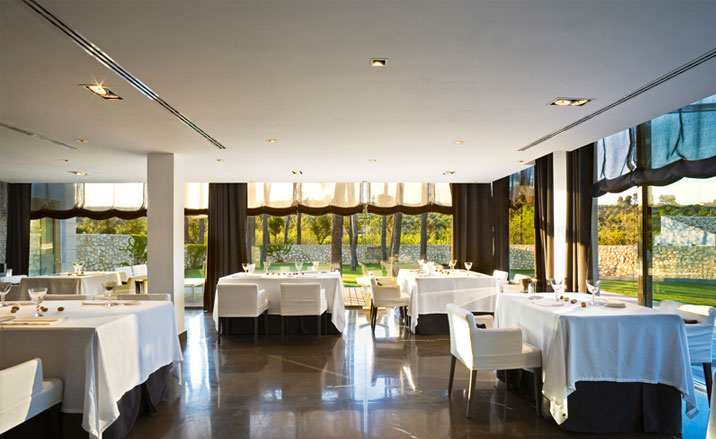
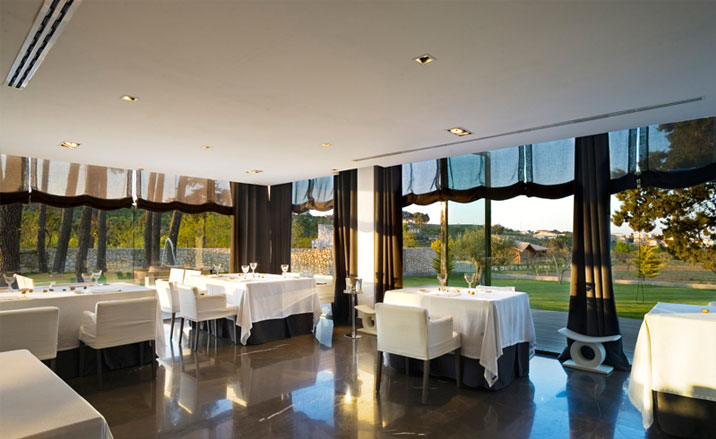
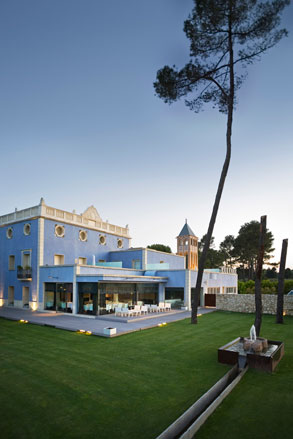
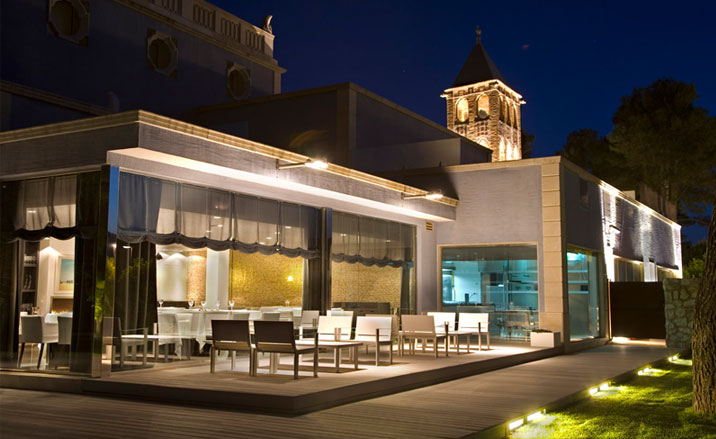
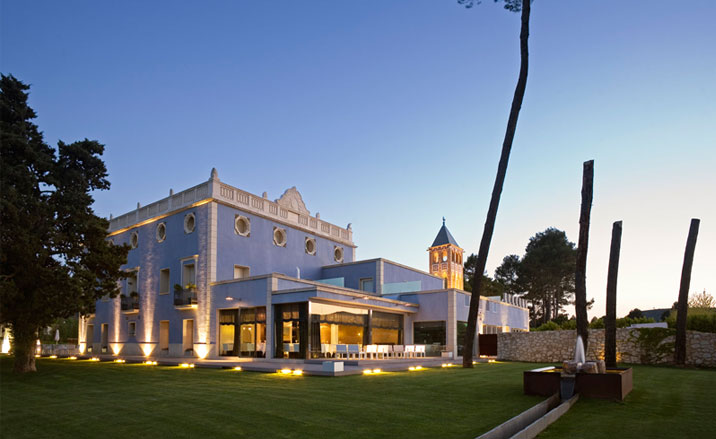

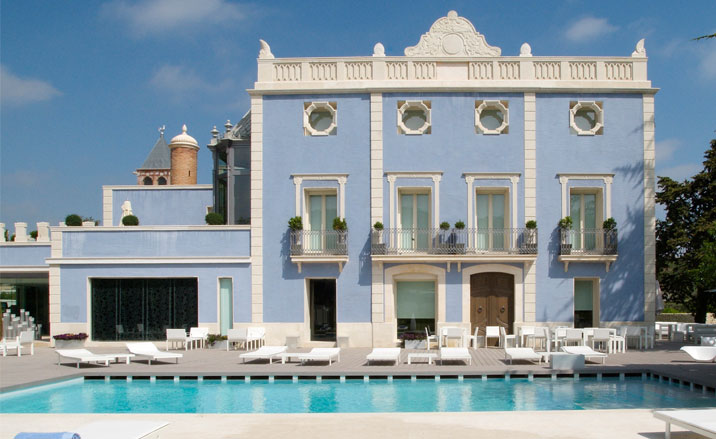
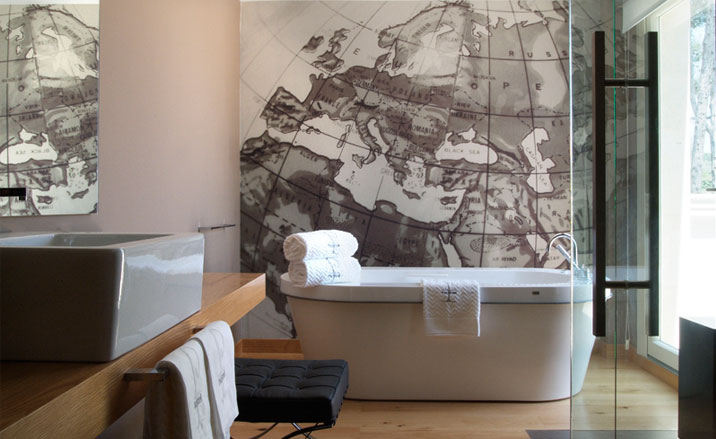
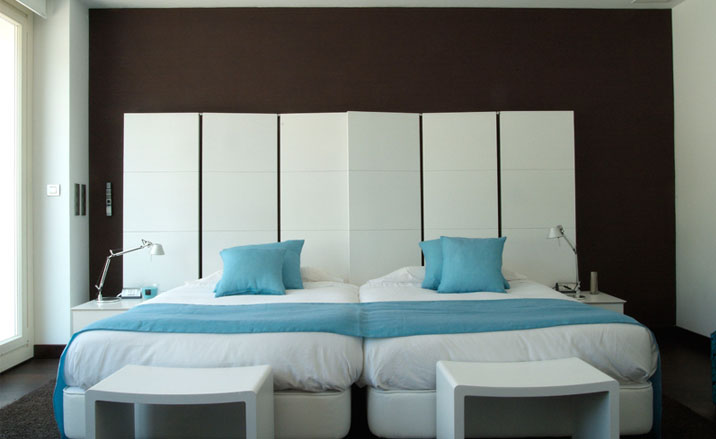

Villa Julia Playhouse, by Javier Mariscal
Read the Article: Villa Julia Playhouse, by Javier Mariscal

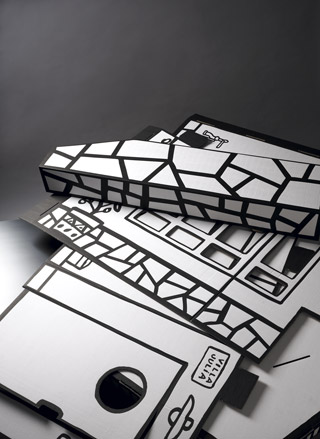
Read the Article: Ultzama Equestrian Centre, Navarre
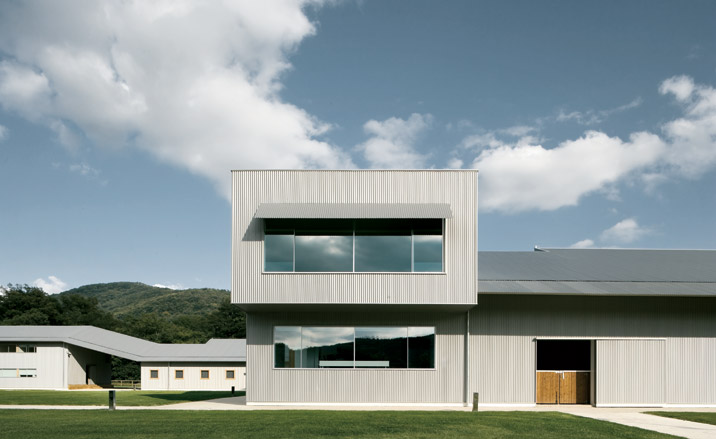
Valdermorillo House, by Padilla Nicas
Read the Article: Valdermorillo House, by Padilla Nicas
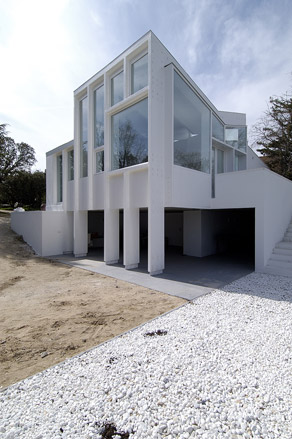

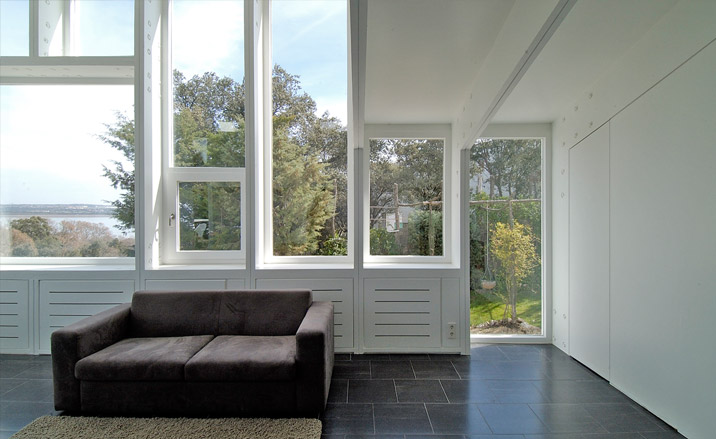
Women's Institute Mostoles, by Nodo
Read the Article: Women's Institute Mostoles, by Nodo

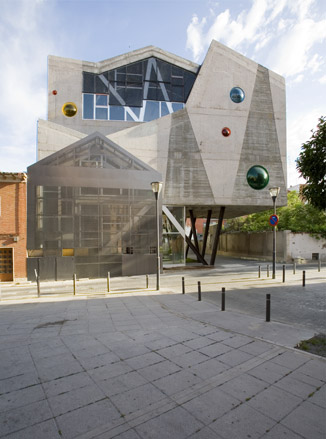
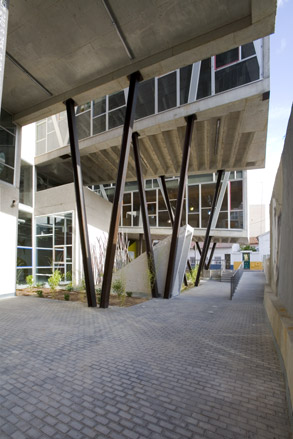
One of the 2009 Pamplona Festival's high-colour posters
Read the Article: Pamplona Fiesta Posters
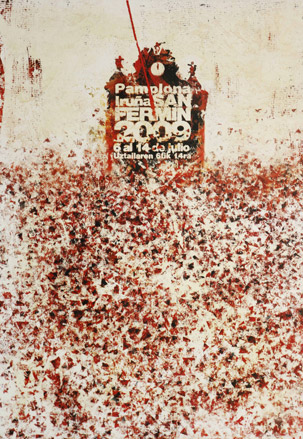
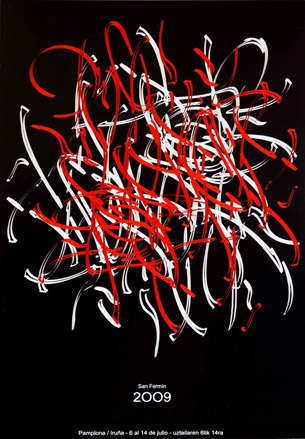

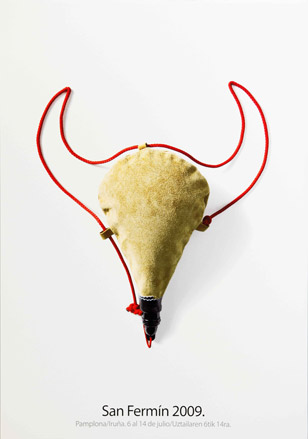
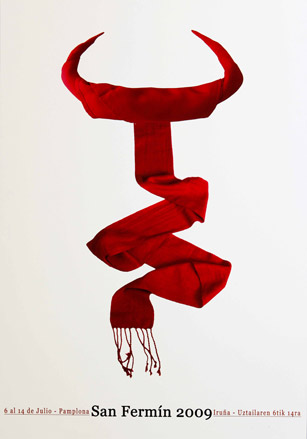
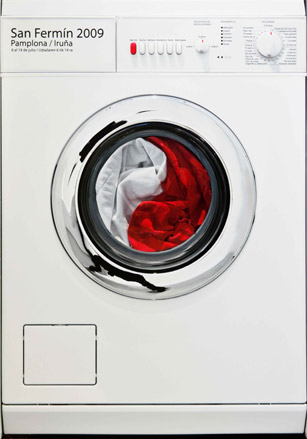

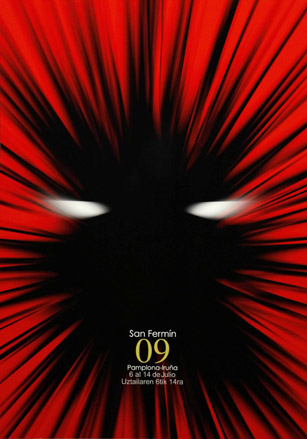
Muralla by Ricardo Bofill Architects
Read the Article: Ricardo Bofill Architect
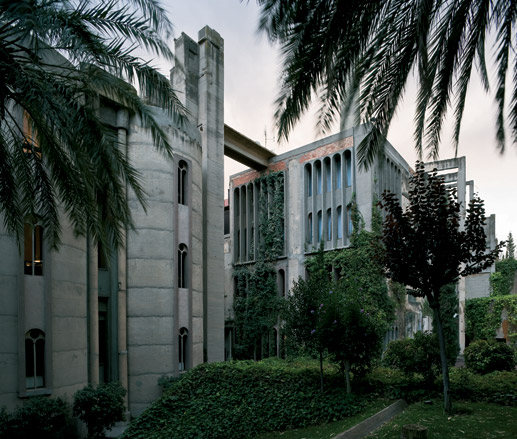

Fabrica by Ricardo Bofill Architects

Dior Couture, by Ricardo Fumanal
Read the Article: Ricardo Fumanal.
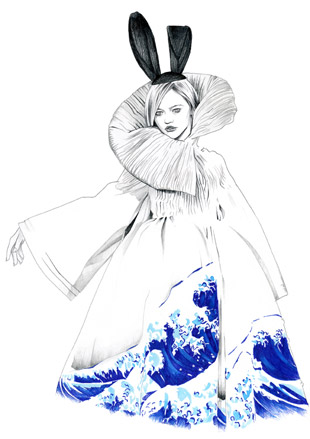
Simil Jesus by Ricardo Fumnal

Work for GIles Deacon by Ricardo Fumnal
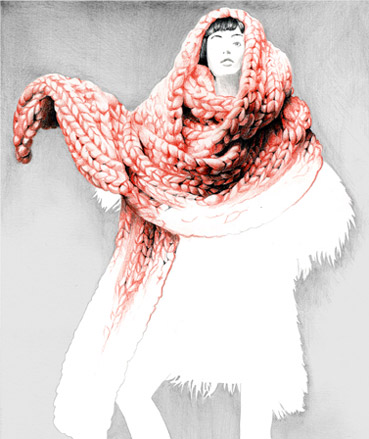
Artwork for Mango by RIcardo Fumnal
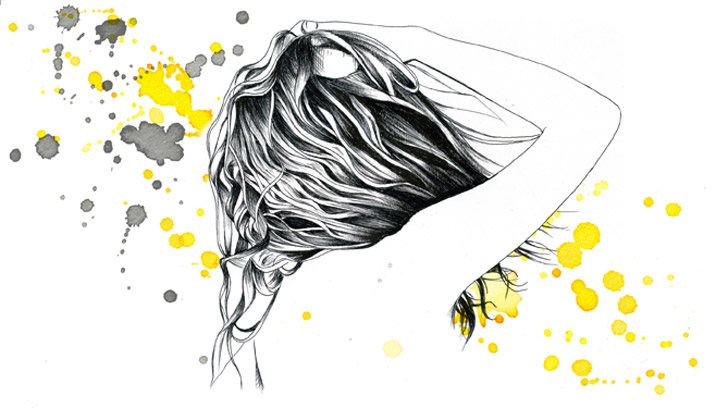
The Lab Room Spa, Madrid
Read the Article: The Lab Room Spa, Madrid
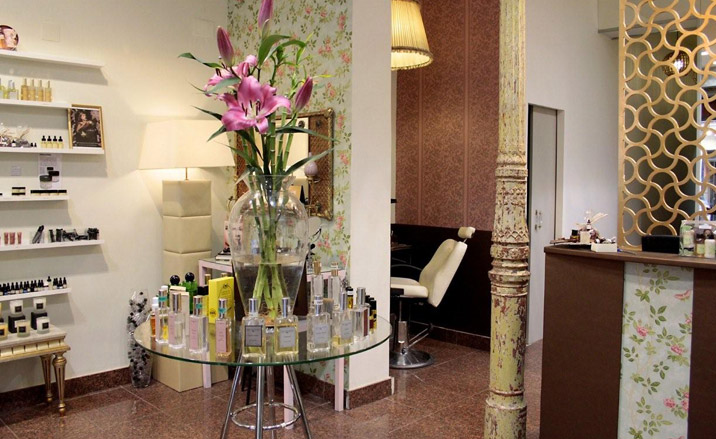
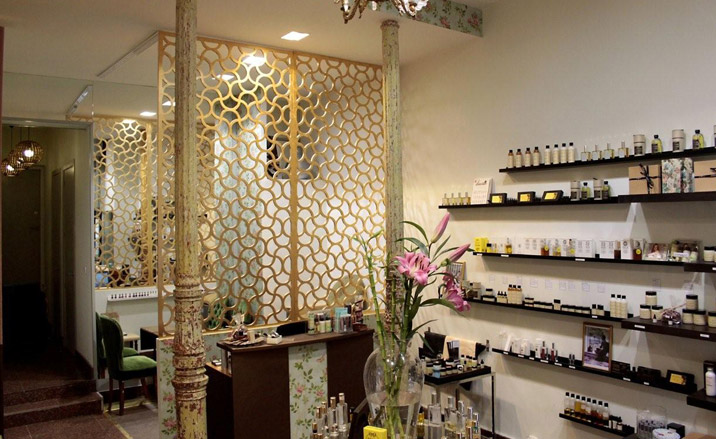
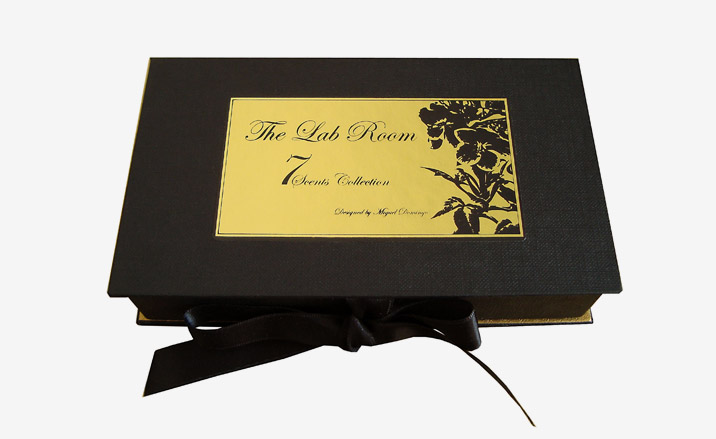
Trestle table by Spanish designer, Tomas Alonso
Read the Article: Tomas alonso, Designer


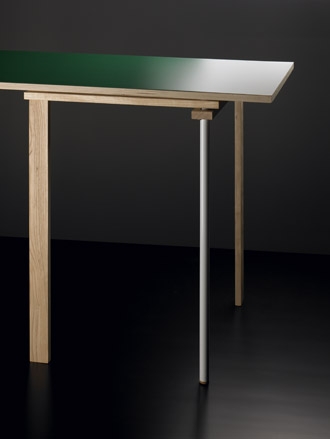
Erotic publishing from Spanish creative, Luis Venegas
Read the Article: Luis Venegas, Publisher

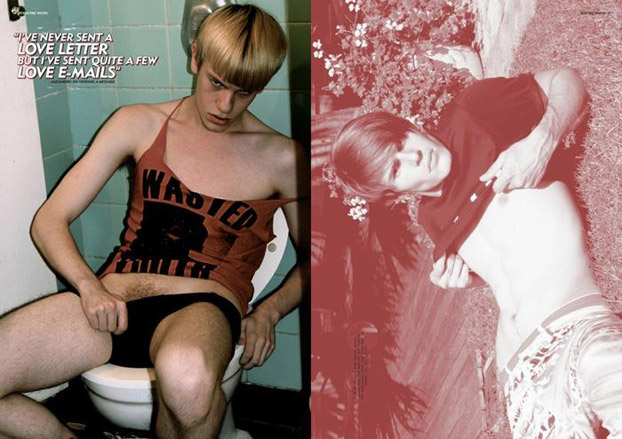
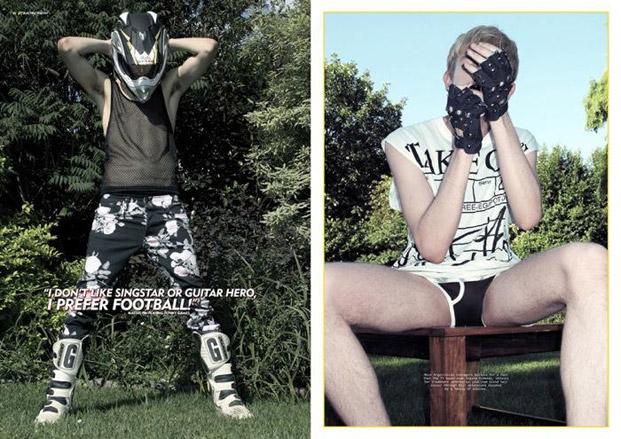
Wind farms help keep things running at the Aire de Bardenas Hotel
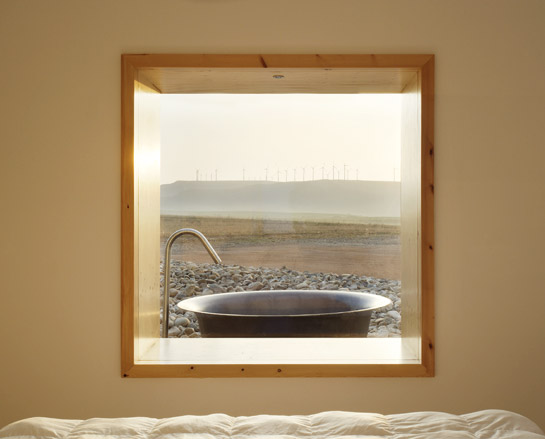
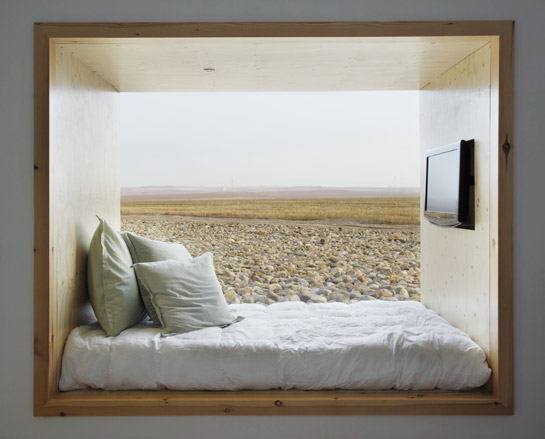
Ellie Stathaki is the Architecture & Environment Director at Wallpaper*. She trained as an architect at the Aristotle University of Thessaloniki in Greece and studied architectural history at the Bartlett in London. Now an established journalist, she has been a member of the Wallpaper* team since 2006, visiting buildings across the globe and interviewing leading architects such as Tadao Ando and Rem Koolhaas. Ellie has also taken part in judging panels, moderated events, curated shows and contributed in books, such as The Contemporary House (Thames & Hudson, 2018), Glenn Sestig Architecture Diary (2020) and House London (2022).
-
 Curvilinear futurism meets subtropical beaches at Not A Hotel’s ZHA-designed Okinawa retreat
Curvilinear futurism meets subtropical beaches at Not A Hotel’s ZHA-designed Okinawa retreatZaha Hadid Architects has revealed the design for the first property in Not A Hotel’s futuristic new Vertex collection, coming soon to southern Japan
-
 Gorden Wagener leaves the helm of Mercedes-Benz design after 28 years with the company
Gorden Wagener leaves the helm of Mercedes-Benz design after 28 years with the companyThe German designer is stepping down from the role of chief design officer at Mercedes-Benz. We look back at his influence and impact on the world of automotive and luxury design
-
 These Christmas cards sent by 20th-century architects tell their own stories
These Christmas cards sent by 20th-century architects tell their own storiesHandcrafted holiday greetings reveal the personal side of architecture and design legends such as Charles and Ray Eames, Frank Lloyd Wright and Ludwig Mies van der Rohe
-
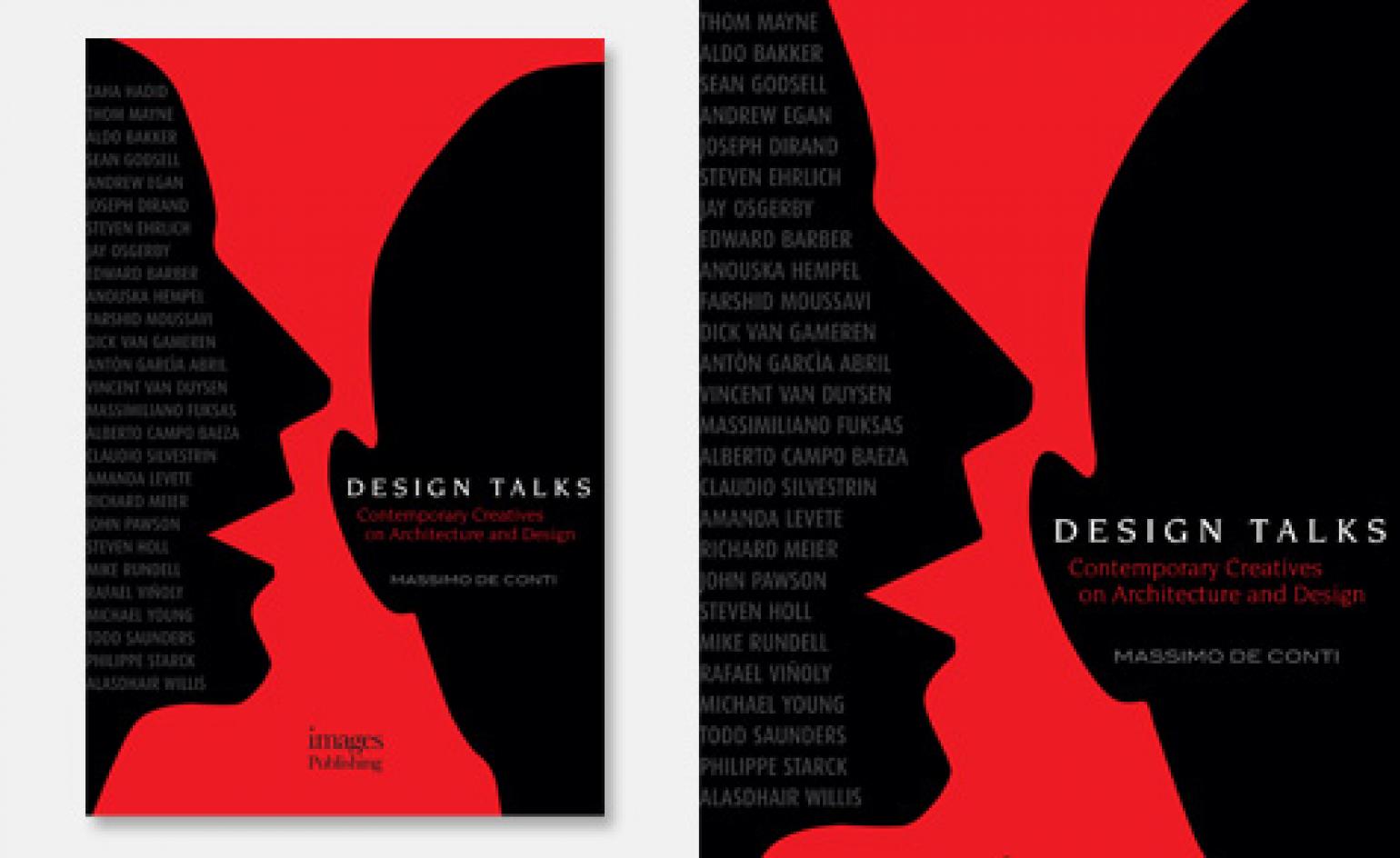 Book: ‘Design Talks: Contemporary Creatives on Architecture and Design’ by Massimo de Conti
Book: ‘Design Talks: Contemporary Creatives on Architecture and Design’ by Massimo de Conti -
 New York conference celebrates depth and diversity in architecture practice today
New York conference celebrates depth and diversity in architecture practice todayThe World Around, Beatrice Galilee's day-long conference in New York, brought together future projects, inter-discplinary discussion and issues around gender bias, through an exciting array of international participants
-
 The Sharjah Architecture Triennial inspects the future of urbanism
The Sharjah Architecture Triennial inspects the future of urbanismThe inaugural Sharjah Architectural Triennial, curated by Adrian Lahoud, is built around the subject ‘Rights of Future Generations’ and investigates decision making and rethinking fundamental questions about architecture in the UAE region and beyond
-
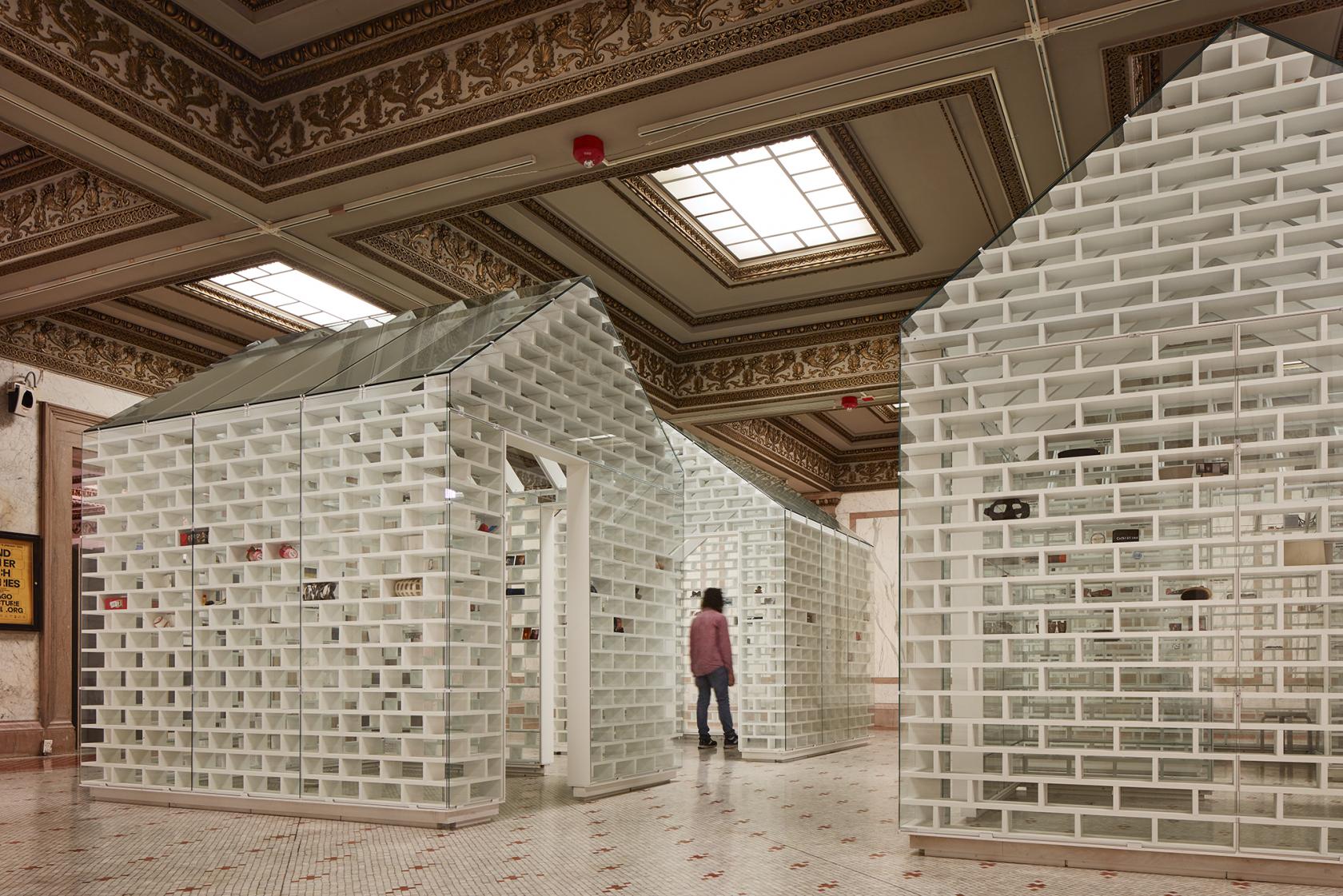 Beyond buildings: the expanded vision of the 2019 Chicago Architecture Biennial
Beyond buildings: the expanded vision of the 2019 Chicago Architecture Biennial -
 Tallinn Architecture Biennale explores why beauty matters
Tallinn Architecture Biennale explores why beauty mattersHow relevant is beauty to human life, health and knowledge? Asks Dr Yael Reisner, curator of the 8th Tallinn Architecture Biennale
-
 Indiana’s Exhibit Columbus festival promises to celebrate women in architecture
Indiana’s Exhibit Columbus festival promises to celebrate women in architecture -
Renzo Piano Building Workshop retrospective to open at London's Royal Academy of Arts
-
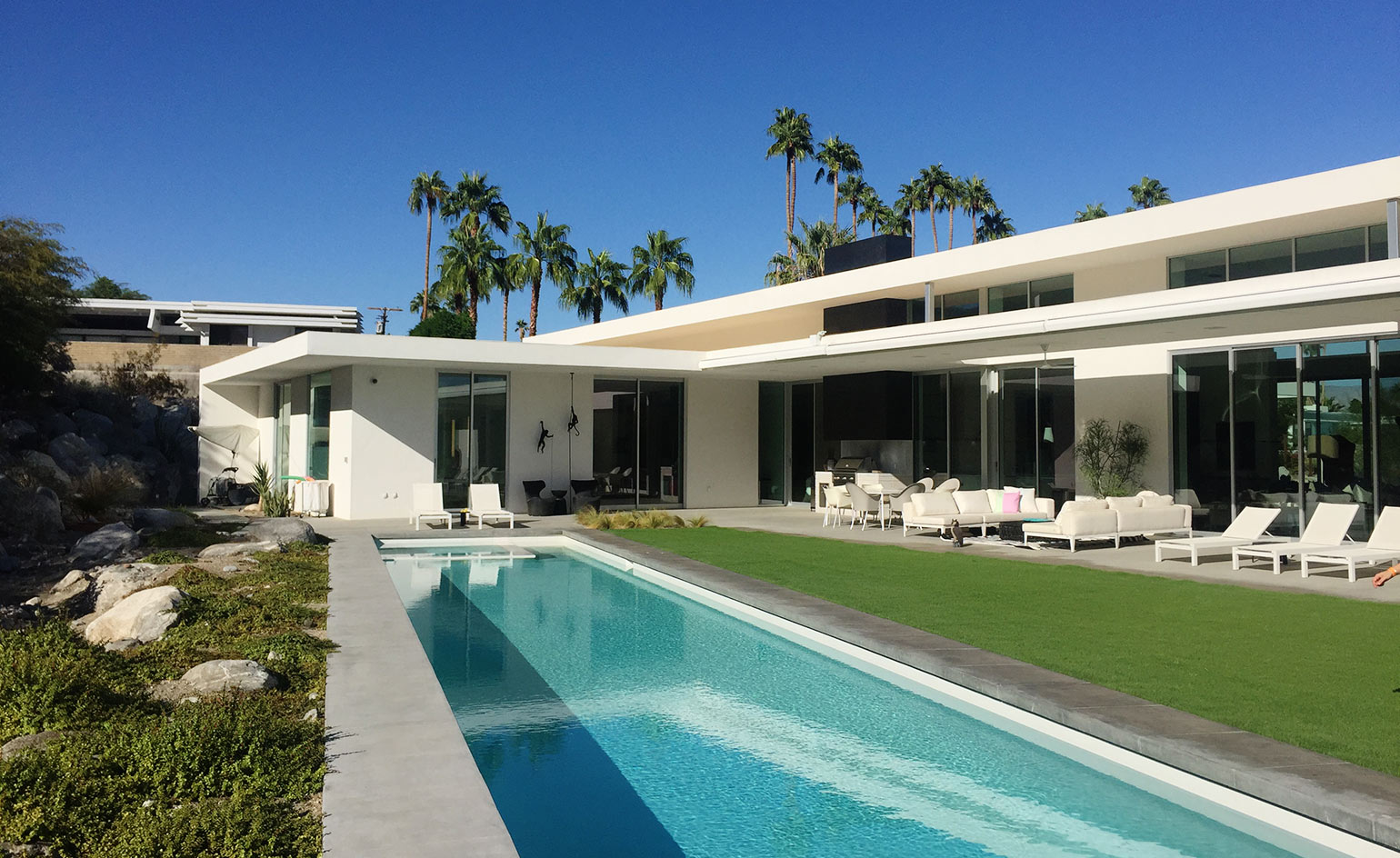 Palm Springs Modernism Week 2018 preview
Palm Springs Modernism Week 2018 previewPalm Springs Modernism Week, which runs from 15–25 February 2018, has announced its 11-day programme of mid-century modern architecture, interiors, culture, parties and plenty of opportunities to knock back a martini. Explore what this microcosm of mid-century modernism has to offer in its most exciting week of the year, below.